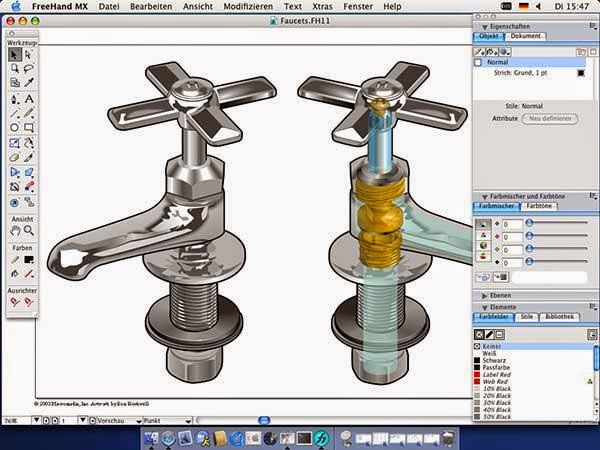

- #Lightwave 3d modeler network thing how to#
- #Lightwave 3d modeler network thing software#
- #Lightwave 3d modeler network thing professional#
Whether you choose an in-house or outsourced 3D modeling option, an experienced team is a must (Source: Unsplash) Let's quickly look at them and assess their merits and weaknesses. But how should you commission 3D modeling? There are two options here: outsourced or in-house modeling. Car or bike buyers can see how vehicles look on the road, and shoppers can get a great idea of how furniture could fit into their home. Fashion fans can see how garments look on virtual models, while house buyers can explore digitized homes via the web. These models can be manipulated in all sorts of ways. And if they have the right skills, almost anything can be modeled with impressive fidelity. Instead, modelers could be anywhere in the world. There's no need for site visits or proximity to a physical object. If modelers know the dimensions of products being modeled and have a couple of 2D images which show them accurately, they can replicate them quickly and cheaply. Unlike scanning techniques, 3D modeling from 2D images involves using CAD packages to manually build digital versions of source materials.

What is 3D modeling?ģD modeling gives you the flexibility to manipulate textures, colors, and shapes of your object (3D model: Amr Moussa)ģD modeling is one of the most powerful and effective ways to turn 2D eCommerce operations into immersive 3D retail experiences.
#Lightwave 3d modeler network thing how to#
Our 3D modeling how-to guide will explain how it all works and how to pick a modeling solution that delivers for today’s eCommerce businesses’ tight budgets and exacting demands. Put like that, and the options might seem overwhelming.
#Lightwave 3d modeler network thing software#
With enough reflections, the software can turn this into extremely accurate 3D models.
#Lightwave 3d modeler network thing professional#
And there are even free tools like Blender, Daz Studio, and SketchUp, which can be used to achieve professional results. However, thanks to affordable 3D model makers, we can now give them that control.Ĭommercially available modeling tools like Maya, Autodesk 3DS, Houdini, and Lightwave 3D are becoming more advanced all the time.

At the same time, slow-moving companies are unwilling to ditch legacy technologies, fearing the cost and difficulty attached to going 3D. Pretty much everyone wants to have the ability to interact with images themselves before buying. As SearchNode's 2021 ECommerce Trends Report finds, around 52% of online sellers have no plans to implement AR-based catalogs, and only 7% are actually doing soĭoes that surprise you? It probably shouldn't. On the other hand, uptake of AR and 3D modeling is lagging. Could it be time to convert your 2D online catalog into an immersive 3D environment?Īccording to Deloitte Digital, 61% of shoppers report that they would prioritize a store with an augmented reality (AR) catalog over one without, while 55% feel that AR is making shopping "more exciting" - a sure sign that consumers are more likely to make a purchase.


 0 kommentar(er)
0 kommentar(er)
